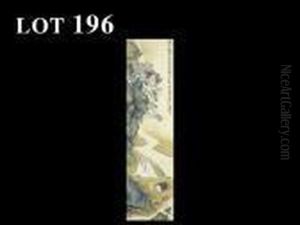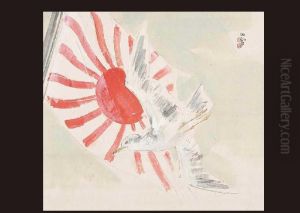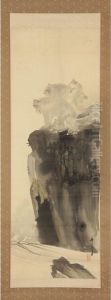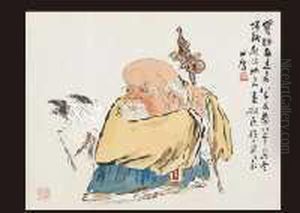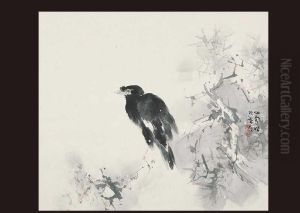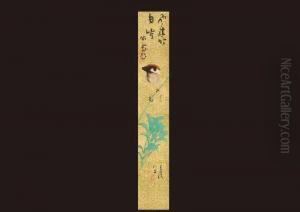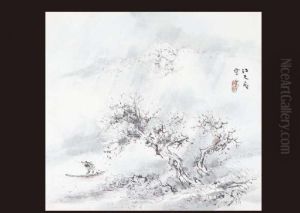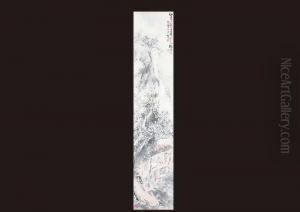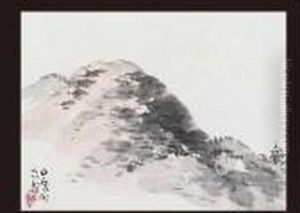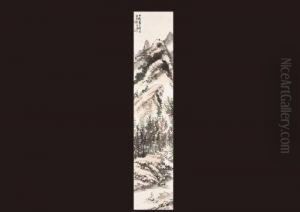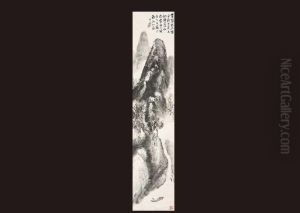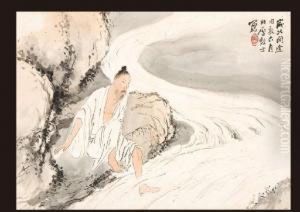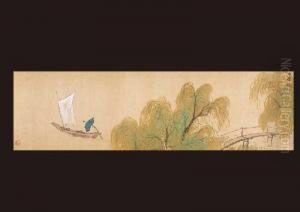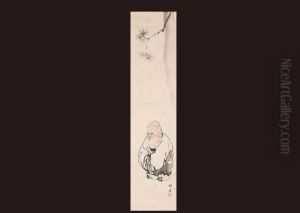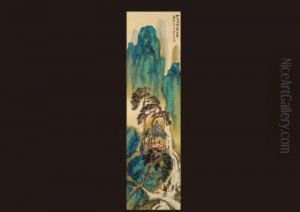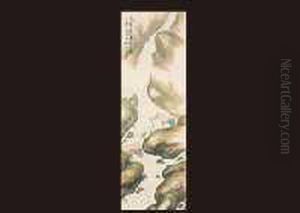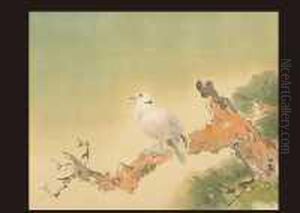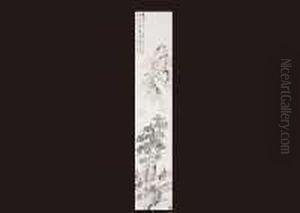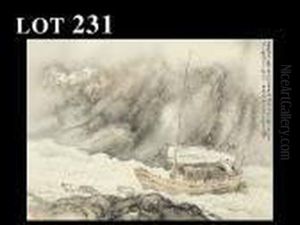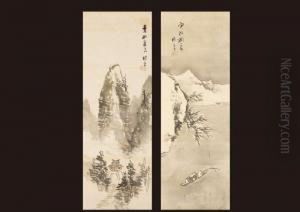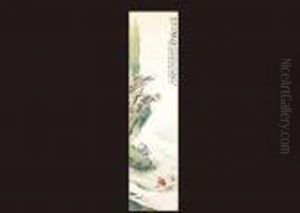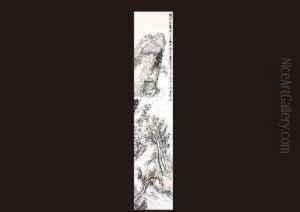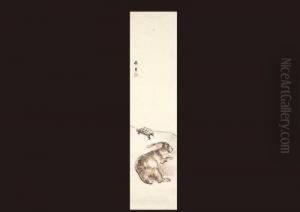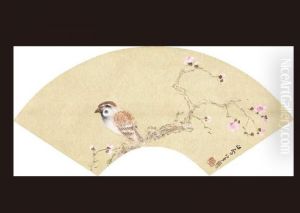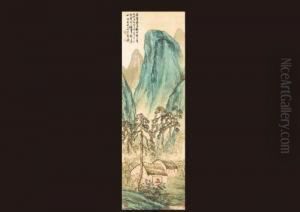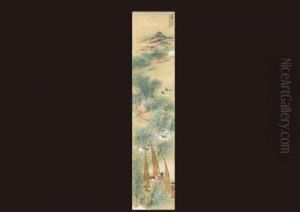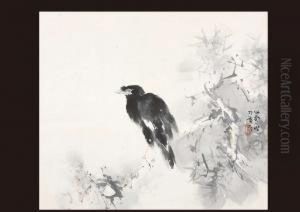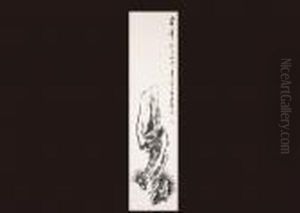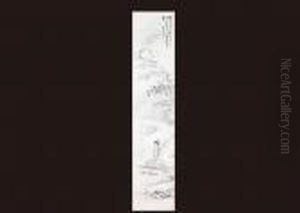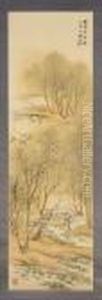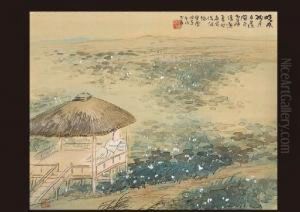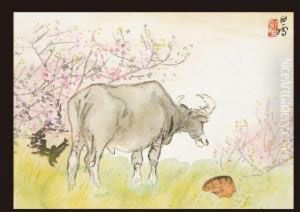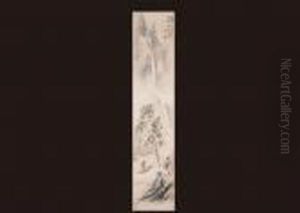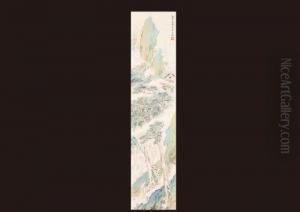Hashimoto Kansetsu Paintings
Hashimoto Kansetsu was a prominent Japanese painter known for his unique blend of traditional Japanese styles with modern Western techniques. Born on July 5, 1883, in Kobe, Hashimoto was exposed to the arts at a young age through his father, who was an antique dealer and a connoisseur of Chinese and Japanese classical art.
Kansetsu was initially trained in the Shijo school of painting, which emphasized traditional Japanese themes and techniques. As a young artist, he moved to Kyoto to further his studies under the guidance of Kishi Chikudo, a well-known painter at the time. He later went on to study under Takeuchi Seiho, who was another influential figure in the Kyoto art world.
In 1907, Hashimoto traveled to China, where he was profoundly influenced by the traditional Chinese art and landscape. This experience would have a lasting impact on his work, often reflected in his incorporation of Chinese themes and brushwork techniques. Upon returning to Japan, he continued to develop his own distinct style that harmoniously combined traditional Japanese aesthetics with Chinese elements.
During the 1920s, Hashimoto Kansetsu's reputation as an artist grew, and he became a central figure in the Nihonga movement, which sought to revitalize traditional Japanese painting techniques in the face of Western influence. His works were characterized by their bold, expressive lines and a vivid use of color. He often painted animals, particularly tigers and monkeys, in a style that was both dynamic and endearing.
Hashimoto's work received international attention, and he was invited to exhibit his paintings in several countries, including the United States and across Europe. This international exposure helped to further cement his status as a leading figure in the world of Japanese art.
Despite the modern influences, Kansetsu remained deeply committed to the spiritual and aesthetic traditions of Japan. He sought to capture the essence of the natural world and the spirit of historical Japan in his work, often focusing on themes of beauty and tranquility.
Hashimoto Kansetsu continued to paint until his death on March 26, 1945. He left behind a legacy as a bridge between the traditional and modern, and his artworks remain celebrated for their distinctive style and contribution to the Nihonga movement. His paintings are still highly regarded and can be found in major art collections and museums both in Japan and around the world.
